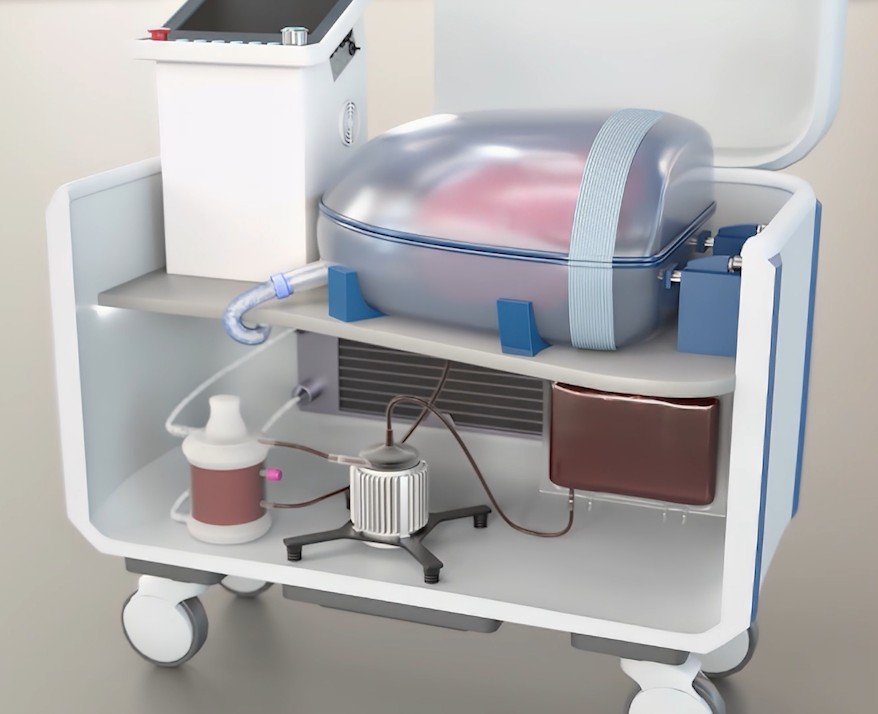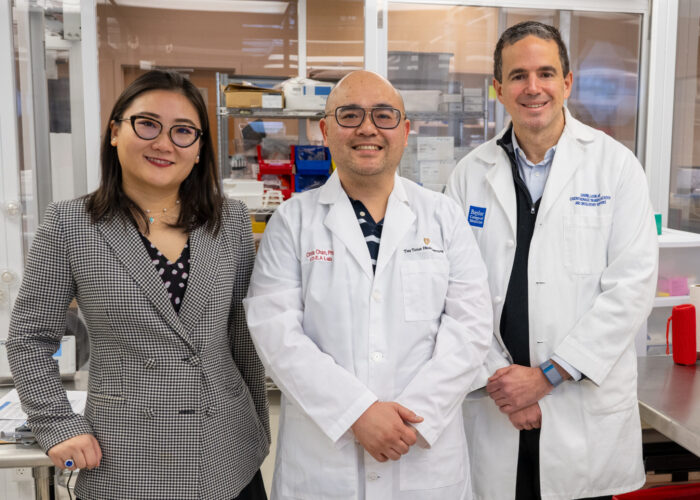Breathing New Life Into Lung Transplants: How Researchers at The Texas Heart Institute Are Redefining Organ Preservation

Sadly, every day, lives are lost not because lungs aren’t donated—but because donated lungs don’t arrive in time, or arrive in poor condition for transplant.
Lung transplantation is one of modern medicine’s most complex and time-sensitive procedures. Unlike other organs, lungs are especially fragile, and less than 25% of donated lungs are ever deemed healthy enough to be transplanted. Meanwhile, more than 13% of patients on the lung transplant waiting list will pass away before receiving a match.
But researchers in Houston, Texas asked the question – what if we could keep donated lungs healthier, longer—and even improve them before they ever reach the operating room?
At The Texas Heart Institute (THI), a multidisciplinary team led by Yaxin Wang, PhD, associate investigator and director of the Innovative Device & Engineering Applications (IDEA) Lab, in collaboration with Chris Chan, PhD, and Gabriel Loor, MD, a cardiothoracic surgeon at Baylor College of Medicine and surgical director of the lung transplant program at Baylor St. Luke’s Medical Center, have developed a groundbreaking new system that could transform the way lungs are preserved and transported for transplant.

Pictured here: Dr. Yaxin Wang, Dr. Chris Chan, Dr. Gabriel Loor
A New Approach to Organ Preservation
The technology at the center of this innovation is called ex vivo lung perfusion (EVLP), a method that keeps donor lungs functioning outside the body by circulating fluids and gases through them, simulating real-life conditions.
The new system created by The Texas Heart Institute at Baylor College of Medicine team takes EVLP a step further. Unlike traditional methods that offer limited support and transport time, this platform uses enhanced circulation, ventilation, and incubation features to mimic the human body more accurately. That means better preservation, more time to transport the organ safely across greater distances, and even the possibility to treat and improve lungs while they are en route.
“This isn’t just about buying more time,” explains Dr. Wang. “It’s about giving surgeons healthier lungs to work with—and ultimately giving patients a better chance at survival and recovery.”
Why This Matters
Every donated lung is a gift—but currently, most of those gifts are lost due to time constraints or tissue damage. Transporting lungs across states—or even across the country—is often out of the question because current preservation methods only give doctors a narrow window to complete a transplant.
The new EVLP system being developed in Houston has the potential to extend that window dramatically, offering more opportunities to match lungs with recipients regardless of location. It also opens the door to recondition marginal organs, which today are routinely discarded. That includes lungs from older donors or those with minor injuries—lungs that could be restored to transplant-ready condition using advanced therapies like cell-based or gene-based treatments during perfusion.
A Platform With Promise
This next-generation EVLP system is currently in preclinical testing, and early commercialization efforts are already underway. If successful, it could help reduce one of the biggest limitations in lung transplantation: geography.
“Our ultimate goal is to increase the number of viable lungs available and improve outcomes after surgery,” says Dr. Loor. “That means fewer people dying on the waitlist—and better recoveries for those who do receive a transplant.”
The promise goes beyond lungs. Technologies like this are part of a larger movement to modernize organ preservation and transplantation, potentially benefiting liver, heart, and kidney transplants in the future.
The team received the incredible honor of being selected as the winners of the 2025 Baylor College of Medicine INSTINCT Shark Tank competition, which provides $25,000 to help develop innovative inventions from members of the Michael E. DeBakey Department of Surgery and their outside collaborators.
As one of the nation’s most respected centers for cardiovascular research, The Texas Heart Institute at Baylor College of Medicine continues to lead bold innovations that push the boundaries of medicine. The Center is advancing solutions that could one day eliminate distance and time as barriers to saving lives.
Stay tuned as we follow this project’s progress—and share the stories of the patients whose lives may one day be changed by it.


